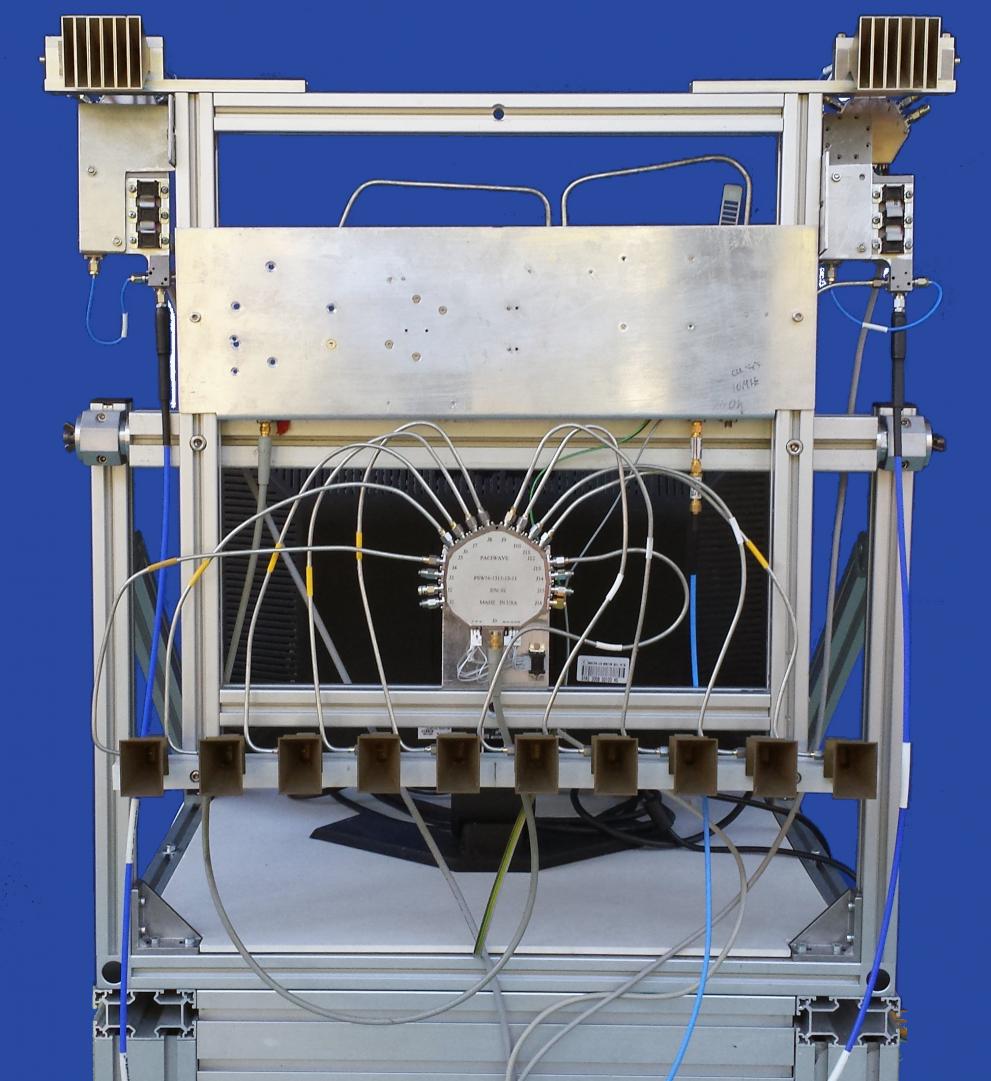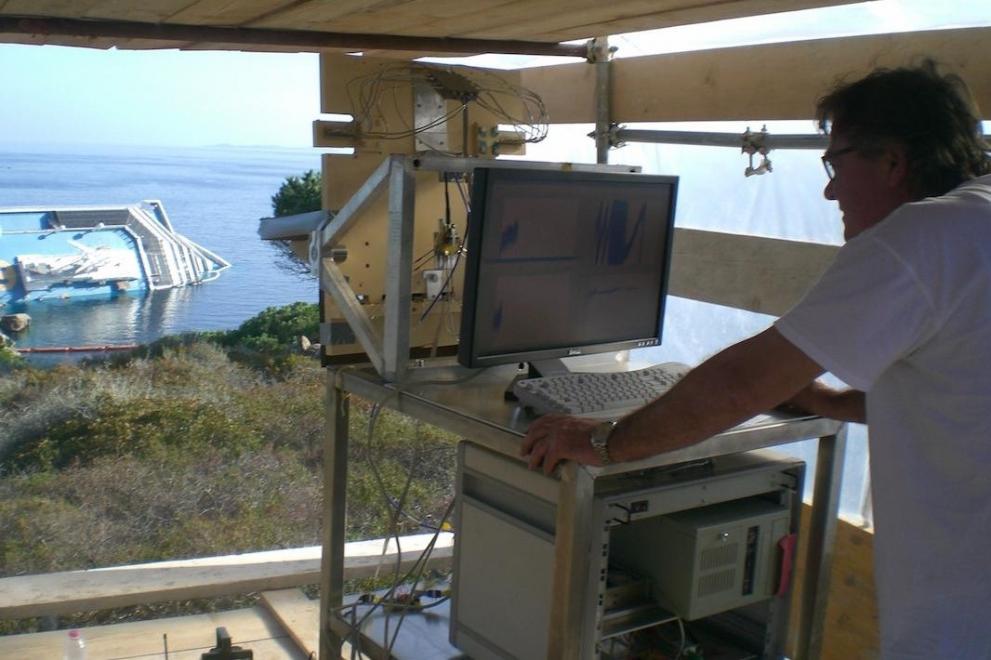In the framework of activities to support the migration priority the lab focused on cutting-edge work to help fighting irregular migration (early detection and persistent tracking of small boats, detection of non-reporting vessels).The two actual lines of activities are: (1) Identification and validation of innovative sources of mobility data (mobile phone, WiFi, etc.); (2) Biometric methodologies and age assessment for migrant children.
MELISSA laboratory is a state-of-the art experimental facility for developing innovative surveillance applications in the maritime domain.
MELISSA stands for Mimo Enhanced LInear Short Synthetic Aperture radar. Its focus is on new ways of using radars and developing the associated instrumentation – it has the capability to prototype small Radio Frequency (RF) devices, such as miniaturized radar front-end and RF receiver, and it is equipped with RF instruments for test and measurements up to 18 GHz.
Through experimental activities carried out in the laboratory, the JRC addresses capability gaps in maritime surveillance responding to societal challenges and reacting where needed to emergency situations.
The lab is doing cutting-edge work to help fight irregular migration. The early detection and persistent tracking of small boats, as well as the detection of non-reporting vessels, are addressed through developing and testing technologies like sensors on tethered aerostats or the RF localization of vessels.

A new class of low-cost radar imaging system was developed in the MELISSA laboratory. The system allows for the detection of movements of objects with very high accuracy and resolution. With an acquisition rate up to a few hundreds images per second, the system performs better than any other similar radar system in traditional applications. It was used for more than two years to monitor the stability of the Costa Concordia ship which was wrecked in 2012 off the coast of the Giglio Island, in Italy.
The MELISSA lab aims to help EU Coastguards to become more effective and cost-efficient in doing their work and pulls together the technological industry, in particular SMEs, to build the technological solutions. In addition, the work undertaken by the MELISSA lab helps the JRC in providing technical advice and support to the Commission's Directorate-General Migration and Home Affairs as well as the EU external borders agency FRONTEX for the development of the European Border Surveillance System (EUROSUR) to reinforce control of the European southern maritime borders.

